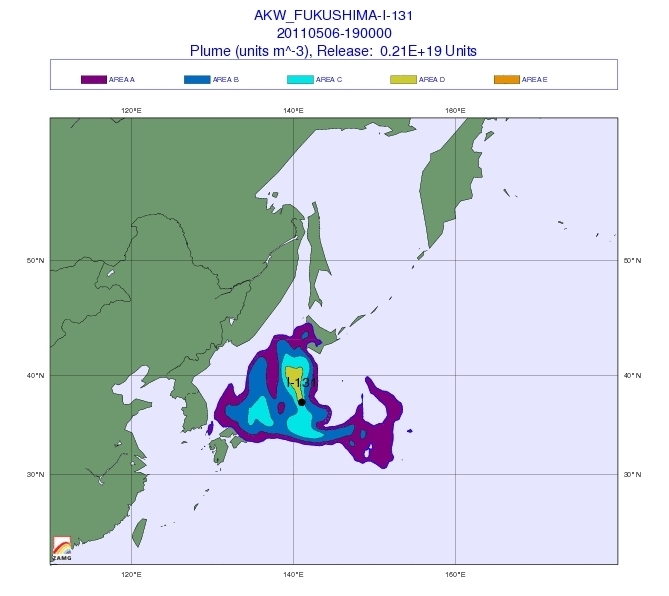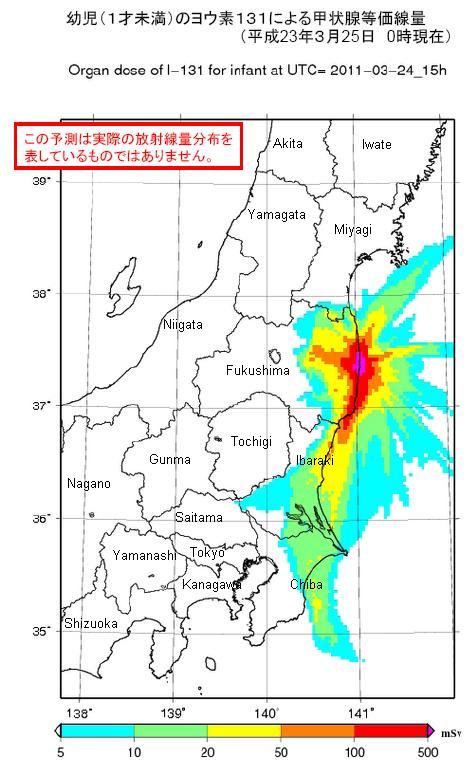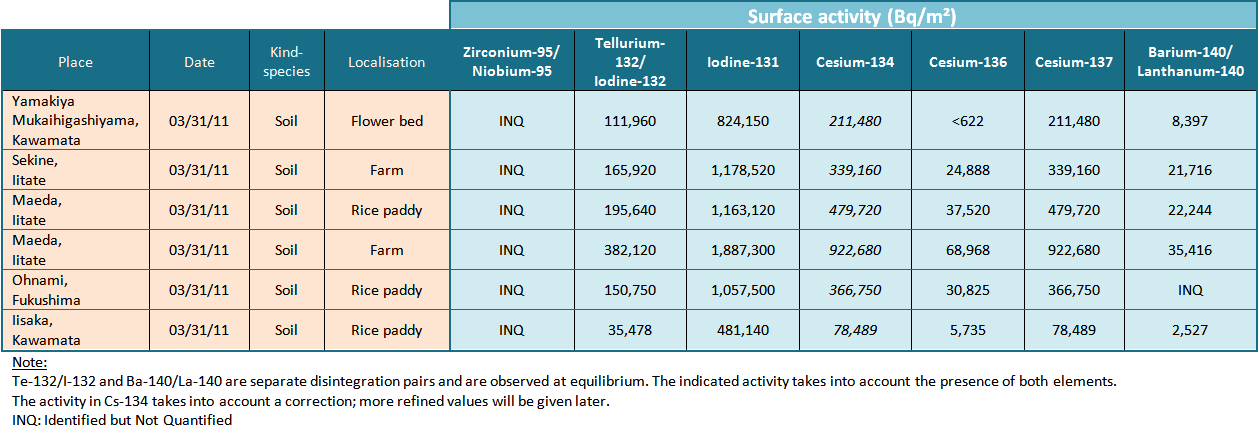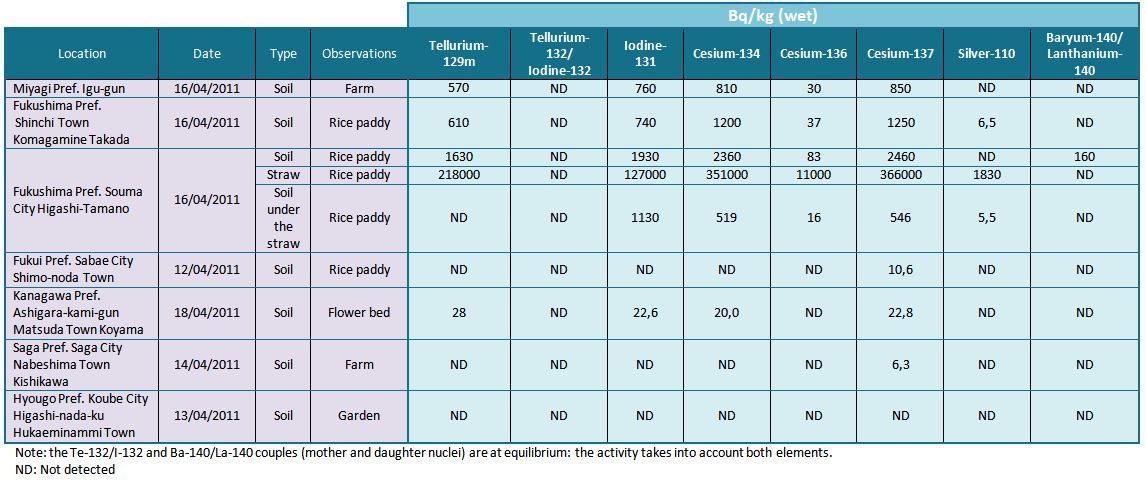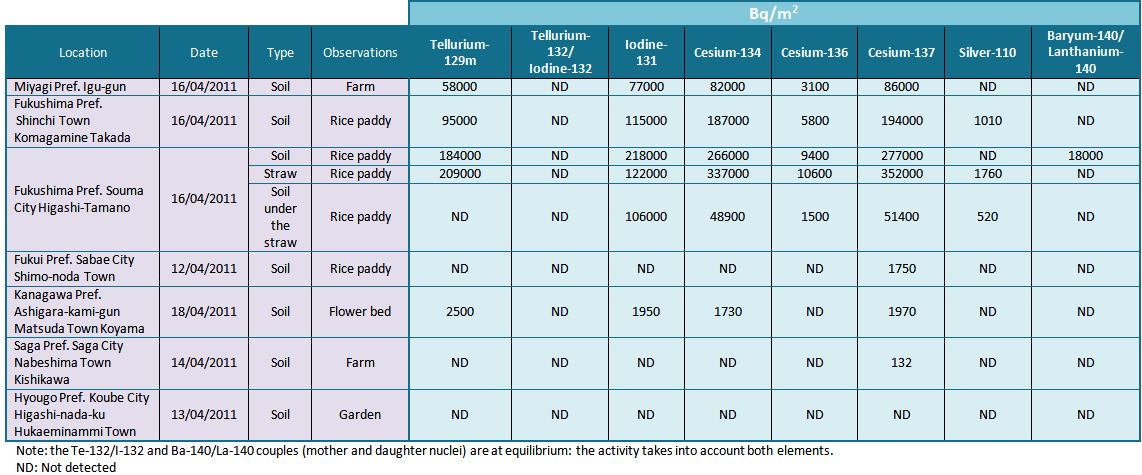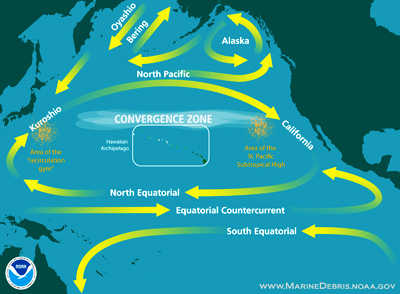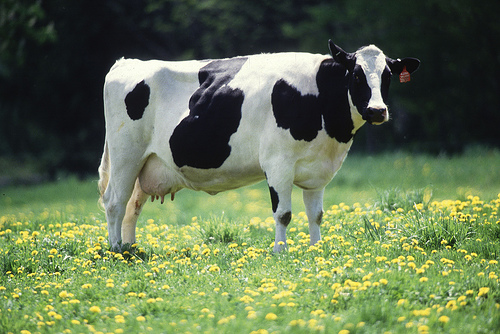Comments from article author Jeff McMahon:
-EPA: New Radiation Highs in Little Rock Milk, Philadelphia Drinking Water (Forbes):
Yes, David, I know. Very complicated to explain. EPA lumps these gamma and beta emitters together under one collective MCL, so if you’re seeing cesium-137 in your milk or water, the MCL is 3.0 picocuries per liter; if you’re seeing iodine-131, the MCL is 3.0; if you’re seeing cesium-137 and iodine-131, the MCL is still 3.0.
Here’s a somewhat historic EPA document that speaks directly to that issue:
Although not having a 4 mrem per year equivalent level specified in the current drinking water regulations as do tritium and strontium-90, the compliance monitoring scheme indicates that an iodine-131 level of 3 pCi/L is the MCL compliance level (presumably derived from the NBS Handbook); the ANPRM indicates that 700 pCi/L is the 4 mrem/year equivalent.
via Drinking Water Criteria Document for Beta and Gamma Emitting Radionuclides
Be advised that document won’t open in older browsers.
And here’s a current EPA faq that repeats the same 3 pCi/L MCL for iodine-131:
http://www.epa.gov/radiation/japan-faqs.html#rainwater
If we lump together the three radionuclides in that Hilo, Hawaii reading, we get 61 pCi/L. Alarming? How about that recent Boise rainfall sample: 468 pCi/L.
The reason we shouldn’t be alarmed, EPA says, is that these are short-term, temporary exposures and the MCL assumes long-term exposure.
The EPA has another MCL that it takes more seriously, and that is, that people should not be exposed to more than 4 millirem per year. To make sense of that number we need to be able to express picocuries as millirems, but that’s what that legacy document does that I quoted above:“the compliance monitoring scheme indicates that an iodine-131 level of 3 pCi/L is the MCL compliance level; the ANPRM indicates that 700 pCi/L is the 4 mrem/year equivalent.”
What this all means to me is that if you’re a water company, EPA will insist you keep the gamma/beta emitters in your water below 3 pCi/L in pursuit of another aim, which is to keep your customers’ annual radiation exposure below 700, or, put another way, below 4mrem, over the course of a year.
If we should not be exposed to more than 700 pCi/L per year, then anyone who drinks two liters of Boise rainwater or 13 liters of Hilo milk is in trouble. Both those scenarios may be unlikely, but they’re beginning to get closer to likely than the reassurances we’ve been receiving would seem to indicate.
Fukushima radiation taints US milk supplies at levels 300% higher than EPA maximums

(NaturalNews) The US Environmental Protection Agency (EPA) continues to release new data showing that various milk and water supply samples from across the US are testing increasingly high for radioactive elements such as Iodine-131, Cesium-134, and Cesium-137, all of which are being emitted from the ongoing Fukushima Daiichia nuclear fallout. As of April 10, 2011, 23 US water supplies have tested positive for radioactive Iodine-131 (http://opendata.socrata.com/w/4ig7-…), and worst of all, milk samples from at least three US locations have tested positive for Iodine-131 at levels exceeding EPA maximum containment levels (MCL) (http://opendata.socrata.com/w/pkfj-…).
As far as the water supplies are concerned, it is important to note that the EPA is only testing for radioactive Iodine-131. There are no readings or data available for cesium, uranium, or plutonium — all of which are being continuously emitted from Fukushima, as far as we know — even though these elements are all much more deadly than Iodine-131. Even so, the following water supplies have thus far tested positive for Iodine-131, with the dates they were collected in parenthesis to the right:
Los Angeles, Calif. – 0.39 pCi/l (4/4/11)
Philadelphia (Baxter), Penn. – 0.46 pCi/l (4/4/11)
Philadelphia (Belmont), Penn. – 1.3 pCi/l (4/4/11)
Philadelphia (Queen), Penn. – 2.2 pCi/l (4/4/11)
Muscle Shoals, Al. – 0.16 pCi/l (3/31/11)
Niagara Falls, NY – 0.14 pCi/l (3/31/11)
Denver, Colo. – 0.17 pCi/l (3/31/11)
Detroit, Mich. – 0.28 pCi/l (3/31/11)
East Liverpool, Oh. – 0.42 pCi/l (3/30/11)
Trenton, NJ – 0.38 pCi/l (3/29/11)
Painesville, Oh. – 0.43 pCi/l (3/29/11)
Columbia, Penn. – 0.20 pCi/l (3/29/11)
Oak Ridge (4442), Tenn. – 0.28 pCi/l (3/29/11)
Oak Ridge (772), Tenn. – 0.20 pCi/l (3/29/11)
Oak Ridge (360), Tenn. – 0.18 pCi/l (3/29/11)
Helena, Mont. – 0.18 pCi/l (3/28/11)
Waretown, NJ – 0.38 pCi/l (3/28/11)
Cincinnati, Oh. – 0.13 pCi/l (3/28/11)
Pittsburgh, Penn. – 0.36 pCi/l (3/28/11)
Oak Ridge (371), Tenn. – 0.63 pCi/l (3/28/11)
Chattanooga, Tenn. – 1.6 pCi/l (3/28/11)
Boise, Id. – 0.2 pCi/l (3/28/11)
Richland, Wash. – 0.23 pCi/l (3/28/11)
Again, these figures do not include the other radioactive elements being spread by Fukushima, so there is no telling what the actual cumulative radiation levels really were in these samples. The figures were also taken two weeks ago, and were only just recently reported. If current samples were taken at even more cities, and if the tests conducted included the many other radioactive elements besides Iodine-131, actual contamination levels would likely be frighteningly higher.
But in typical government fashion, the EPA still insists that everything is just fine, even though an increasing amount of US water supplies are turning up positive for even just the radioactive elements for which the agency is testing — and these levels seem to be increasing as a direct result of the situation at the Fukushima plant, which continues to worsen with no end in sight (http://www.naturalnews.com/032035_F…).
Water may be the least of our problems, however. New EPA data just released on Sunday shows that at least three different milk samples — all from different parts of the US — have tested positive for radioactive Iodine-131 at levels that exceed the EPA maximum thresholds for safety, which is currently set at 3.0 pico Curies per Liter (pCi/l).
In Phoenix, Ariz., a milk sample taken on March 28, 2011, tested at 3.2 pCi/l. In Little Rock, Ark., a milk sample taken on March 30, 2011, tested at 8.9 pCi/l, which is almost three times the EPA limit. And in Hilo, Hawaii, a milk sample collected on April 4, 2011, tested at 18 pCi/l, a level six times the EPA maximum safety threshold. The same Hawaii sample also tested at 19 pCi/l for Cesium-137, which has a half life of 30 years (http://www.naturalnews.com/031992_r…), and a shocking 24 pCi/l for Cesium-134, which has a half life of just over two years (http://opendata.socrata.com/w/pkfj-…).
Why is this milk contamination significant? Milk, of course, typically represents the overall condition of the food chain because cows consume grass and are exposed to the same elements as food crops and water supplies. In other words, when cows’ milk starts testing positive for high levels of radioactive elements, this is indicative of radioactive contamination of the entire food supply.
Read moreFukushima Radiation Taints US Milk Supplies At Levels 300% Higher Than EPA Maximums, Indicates Radioactive Contamination Of The Entire Food Supply
